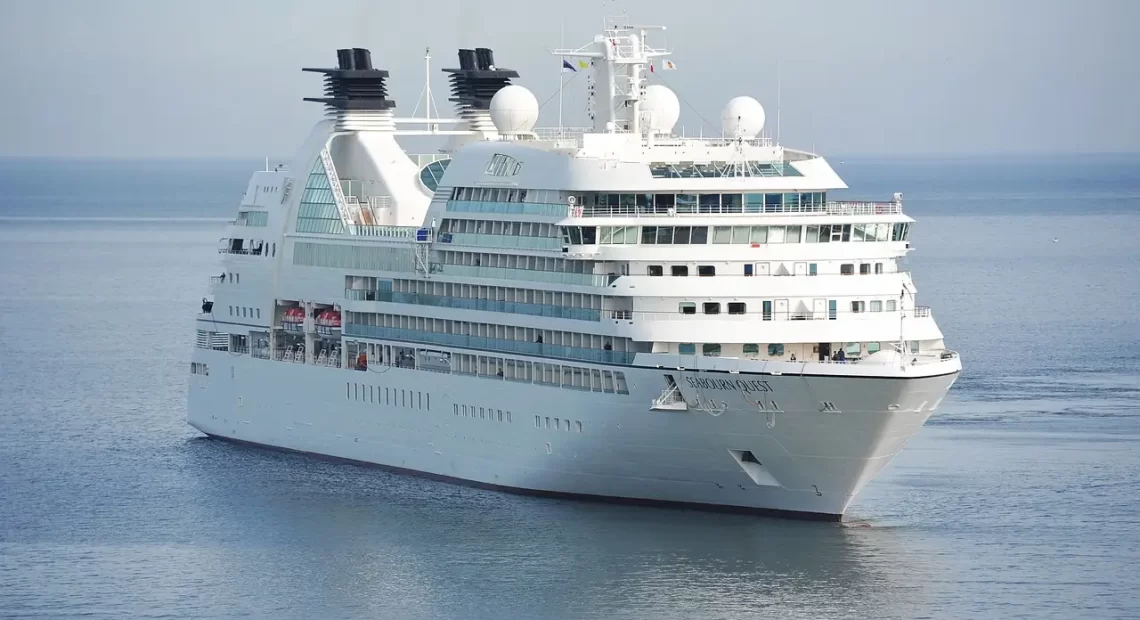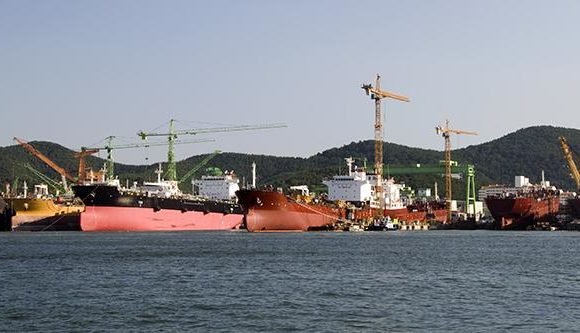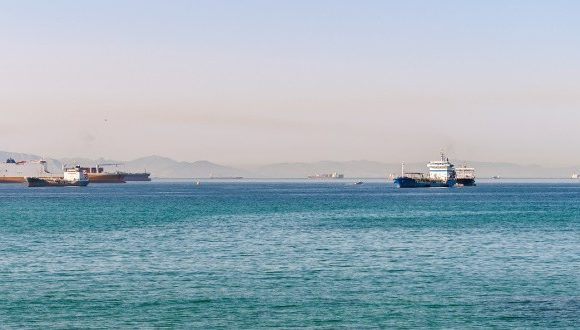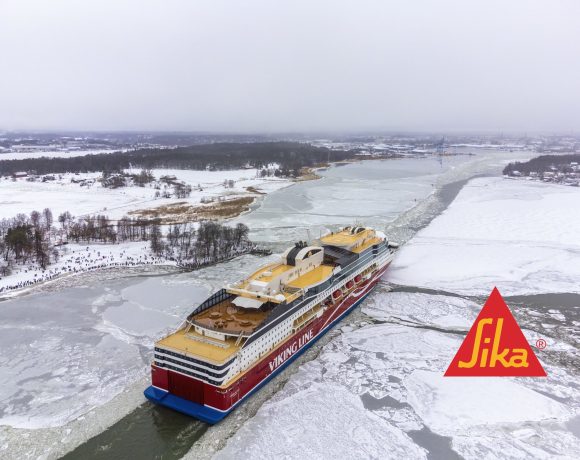Can Autonomous Vessels Increase Maritime Safety?

The Future of Safe Sailing: Can Autonomous Vessels Really Cut Risks at Sea?
Have you ever heard of a ship that sails itself? No, this isn’t a pirate ghost story. We’re talking about autonomous vessels, the maritime world’s high-tech answer to safer seas. But can these robotic sailors really outsmart Mother Nature and human error? Let’s dive into the research and see if self-driving ships are the future of maritime safety.
The Human Error Conundrum: A Sea of Trouble
Let’s face it, we humans aren’t perfect. We get tired, distracted, and sometimes make downright silly mistakes. Unfortunately, these errors can have dire consequences at sea. According to the European Maritime Safety Agency (EMSA), a staggering 80% of maritime accidents are caused by human error. Collisions, groundings, spills – they’re all too often the result of someone nodding off at the wheel or misjudging a manoeuvre. Autonomous vessels, however, don’t succumb to fatigue, don’t get distracted by TikTok, and (theoretically) don’t make the same kind of blunders we flesh-and-blood captains are prone to.
Case Study: The Mayflower Autonomous Ship
Remember those brave Pilgrims who crossed the Atlantic on the Mayflower? Well, in 2020, a ship named the Mayflower Autonomous Ship (MAS) decided to give that journey a 21st-century twist. With no crew on board, this high-tech marvel set sail from Plymouth, UK, and successfully navigated its way to Plymouth, Massachusetts – a voyage of over 3,000 nautical miles! The MAS was packed with an array of sensors, artificial intelligence (AI), and cutting-edge navigation systems. While not without its technical hiccups (a minor mechanical issue cut the journey short), it proved that autonomous ocean crossings are not just a sci-fi fantasy, but a tangible reality.
Sensors & AI: The Ship’s Sixth Sense
Think of these vessels as having superhuman senses. They’re equipped with radar, lidar (like radar but with lasers!), high-resolution cameras, and a whole host of other fancy sensors that give them a complete picture of their surroundings. But it’s not just about seeing; it’s about understanding. That’s where AI comes in. These complex algorithms analyse the data from the sensors in real time, making lightning-fast decisions to avoid obstacles, predict weather patterns, and even detect potential mechanical failures before they turn into disasters. It’s like having a super-powered lookout who never blinks, never gets seasick, and can process information faster than you can say “Shiver me timbers!”
Collision Avoidance: A Digital Dance of Safety
One of the biggest worries at sea is bumping into other ships (or worse, icebergs). Autonomous vessels use sophisticated algorithms to constantly monitor traffic, calculate safe distances, and adjust their course as needed. It’s like a choreographed dance, but instead of waltzing couples, it’s massive ships gracefully avoiding collisions. This isn’t just about following the rules of the road – it’s about predicting the unpredictable, taking into account factors like wind, currents, and the behaviour of other vessels, both crewed and autonomous.
The Environmental Watchdog: Protecting Our Oceans
These self-sailing ships aren’t just looking out for themselves; they’re also keeping an eye on the environment. They can collect data on water quality, pollution levels, and even track endangered species like whales and dolphins. It’s like having a floating laboratory that works tirelessly to protect our oceans, gathering valuable information that can help scientists and conservationists make informed decisions.
But Wait, There’s a Catch (or Two)
Before you go booking your cruise on the USS Autopilot, there are a few things to consider:
- Cybersecurity: Hackers, ahoy! If these ships are connected to the internet, they’re vulnerable to cyberattacks. Imagine a rogue captain taking control of a massive tanker… not ideal. Robust cybersecurity measures are essential to protect these vessels from malicious actors.
- Legal & Ethical Issues: Who’s responsible if an autonomous ship causes an accident? How do we handle decision-making in tricky situations? Do we need new international regulations for these vessels? These are thorny questions that need to be addressed before we can fully embrace self-sailing ships.
The Verdict: Smooth Sailing Ahead?
So, are autonomous vessels the key to safer seas? The evidence suggests they have the potential to significantly reduce accidents caused by human error. They can be more efficient, react faster to changing conditions, and even help us better understand our oceans. But like any new technology, there are challenges to overcome.
We’re still in the early days of this maritime revolution, but it’s clear that autonomous vessels aren’t just a pipe dream. They’re here to stay, and with continued development, they could transform the way we navigate the seas, making them safer and more sustainable for everyone.















